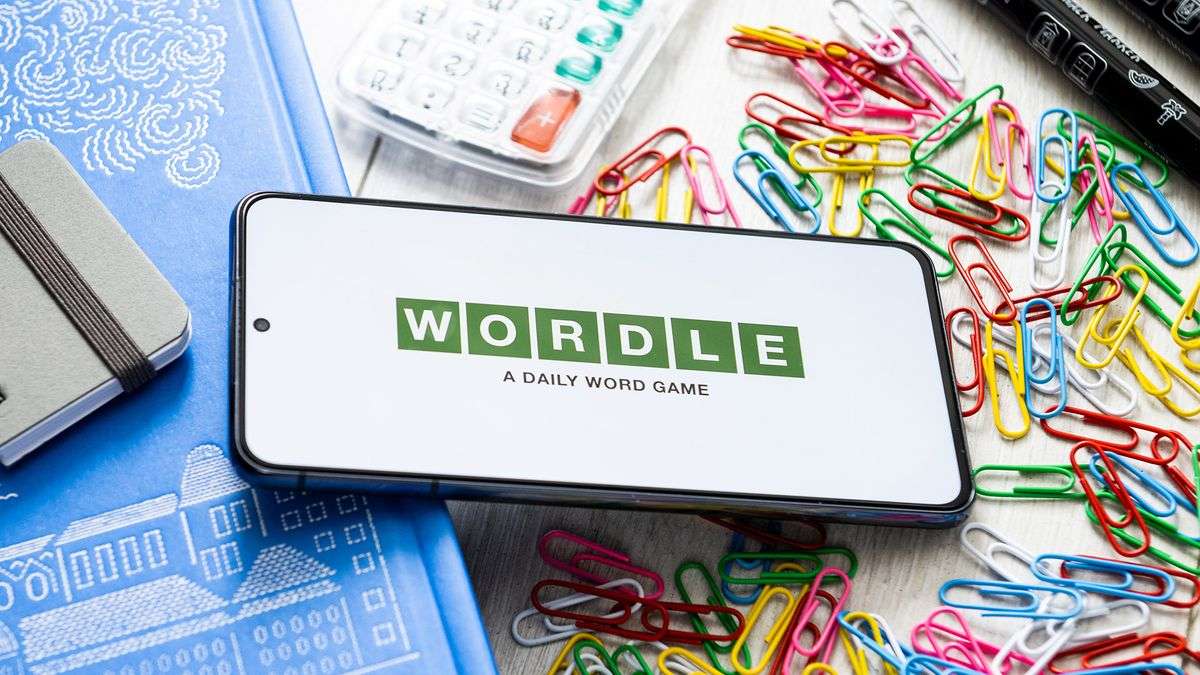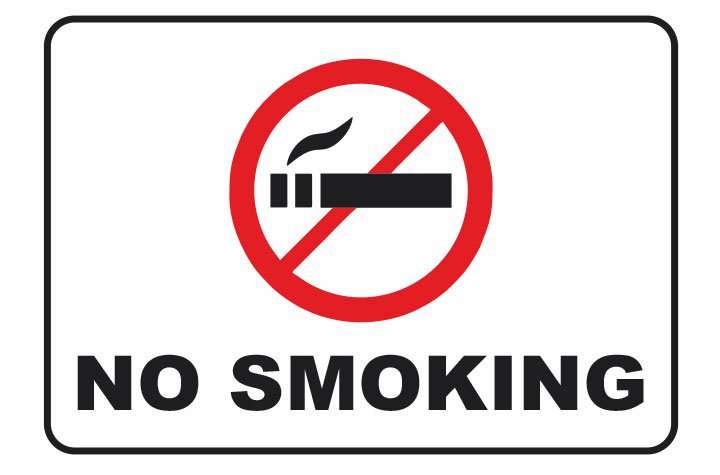Staring at those green and yellow boxes can make your brain feel scrambled, right? We’re here
to help with some of our best Wordle hints to get your puzzle-solving mojo back. But, With a
fWith a fewclever strategies, you’ll be back to guessing those words in no time. We’ll walk you through
choosing the best starting words, using the clues wisely, and narrowing down options like a pro.
Our handy tips will have you conquering Wordle again in just minutes a day. So sip your coffee,
limber up those brain cells, and let’s get puzzling!
How Wordle Works – The Basics
You get six tries to figure it out. After each guess, the game shows you which letters you got
right – they turn green. Yellow letters mean the letter is in the word, just in the wrong spot. No
color means the letter isn’t in the secret word at all.
Making Your First Guess
For your opening guess, try a word with common letters like ‘adieu’ or ‘stare’. Pay attention to
the feedback – if some letters light up green or yellow, focus on words containing those letters
for your next guess.
Using Clues From Previous Guesses
With each guess, you’ll get new information to help deduce the secret word. Use the process of
elimination to rule out letters that stayed gray. Look for letters that moved positions or turned
green – they must be part of the word. Try rearranging the yellow letters into new combinations.
Keep making educated guesses until you solve the puzzle!
When You Get Stuck
If you get stuck without any green or yellow letters, try a word with common consonants like
‘rhythm’ or ‘champ’. Don’t panic if your first few guesses are all gray – you’ve still eliminated
some letters, and now you can take an educated guess at the word. With practice, your
guessing skills will improve.
The key to mastering Wordle is using clues from your previous, and guesses to make smart
deductions. Pay close attention, think logically about letter positions, and don’t be afraid into
take risks. With a little luck and persistence, you’ll start solving those daily Wordle puzzles in no
time!
Smart Wordle Strategies and Approaches
The key to solving Wordle puzzles is using, and some tried-and-true strategies. First, start with
common letters like E, A, and R. ###Guess Early and Guess Often
Don’t be afraid to guess early on. Even if you only have a couple of letters, take a shot at a word
or short phrase. As you get more letters, keep guessing. The more guesses you make, the more
you’ll learn about the positions of different letters.
Look for Word Patterns
Pay attention to word patterns like ‘-ed’ and ‘-ing’ endings or common prefixes like ‘un-‘ or ‘re-‘.
These patterns can help you figure out the positions of multiple letters at once. For example, if
you guess a word ending in ‘-ed’ and get yellow letters for ‘e’ and ‘d’, you know those are at the
end.
Use Vowels Wisely
Vowels (A, E, I, O, U) provide structure to words, so try to determine their positions early on.
Once you have a vowel or two in place, build on them by guessing words or parts of words that
contain those vowels. The vowels will anchor your guesses and make them much more
targeted.
Think of Related Words
Try guessing words that are related semantically to words you already have on the board. For
example, if you guess ‘plant’, also try ‘flower’ or ‘grow’. Related words often share letters and
patterns.
Focus on common letters, look for word patterns, use vowels strategically, and think of related
words. Put these strategies to work and watch your Wordle skills improve.
Our Top Word Starting Words
When you first load up Wordle, the blank tiles can seem intimidating. Where do you even start?
We have a few go-to starting words that often lead us to a solution.
Adjectives
Adjectives like “big”, “small”, “old”, or “new” are great starters. They cover a lot of possibilities
and often match up with several letters in the puzzle. If there’s an E, for example, “new” would
be a perfect first guess.
Vowels
Speaking of E, any word heavy in vowels is smart. Words like “audio”, “easel” or “ouija” will
likely match multiple letters. The vowels also occupy prime real estate in the center of the board,
so guessing them first helps you figure out the overall shape and pattern of the word.
Plurals
Plural words are another good option. Try “books”, “trees” or “clouds”. At the very least, you may
discover if the word ends in S, but there’s also a chance the plural version is the solution.
With practice, you’ll get better at choosing optimal starting words in Wordle. But when in doubt,
rely on these types of “all-purpose” words that maximize your chances of matching multiple
letters. Even if they don’t instantly solve the puzzle, they’ll give you valuable information to build
on for your next guesses.
Guess letters that appear frequently
The letters E, T, A, O, I, N, S, H, and R make up about 60% of words in the English language.
Guessing common letters, especially vowels, ensures a higher chance of discovering multiple
letters in each guess. For example, guess a word like “areas” that contains three of the most
frequent letters.
Pay attention to letter placement
Take note of not just which letters appear in your guess, but also where they are located. The
positioning of letters provides critical clues to narrow down the possible solutions. For example,
if your guess of “cloud” results in O and U highlighted in the third and fourth boxes, you know
the solution likely contains those letters in those exact positions.
Look for word patterns
Many words follow common patterns like prefixes, suffixes, and word roots. Guessing words
with these elements may reveal parts of the solution. For example, guessing “uncover” could
highlight UN, indicating the solution starts with those same three letters. Noticing these parts of
words will make solving the puzzle much easier.
Guess words of different lengths
Don’t stick to guessing only short or only long words. Mix it up by guessing 3- to 8-letter words.
Shorter words may reveal more individual letters, while longer words can uncover word patterns
and placements. Using a variety of word lengths will provide the most useful information to solve
the puzzle efficiently.
Following these tips for gaining maximum information from each guess will have you mastering
Wordle puzzles in no time. Paying close attention to the details revealed after each guess is key
to becoming a Wordle pro!
Common Wordle Letter Patterns and Tips
When solving Wordle puzzles, keep an eye out for common letter patterns. Certain letters tend
to appear together frequently in English words. Spotting these patterns can help you guess the
word faster.
Double Letters
Double letters are very common in Wordle solutions. Words like “coffee,” “letter,” and “balloon”
contain double letters. Look for opportunities to place two of the same letter together.
Prefixes and Suffixes
The “pl-” beginning is a common prefix. Or if you have “c,” “o” and “-er,” guess “caller” or
“coater.” The “-er” ending is popular.
By spotting these useful patterns, you’ll solve Wordle puzzles more quickly. With regular
practice, these tips will become second nature and help you guess the word in just a few tries.
Keep at it and your Wordle skills will grow in no time!





